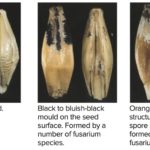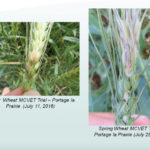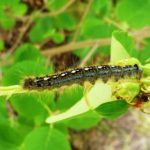Fusarium head blight has damaged some of Western Canada’s early-harvested spring and durum wheat, but it’s too soon to know the full extent. Daryl Beswitherick, the Canadian Grain Commission’s (CGC) program manager for quality assurance standards and reinspection, said they’ve been seeing signs in the early results from their harvest sampling program. “It is definitely













